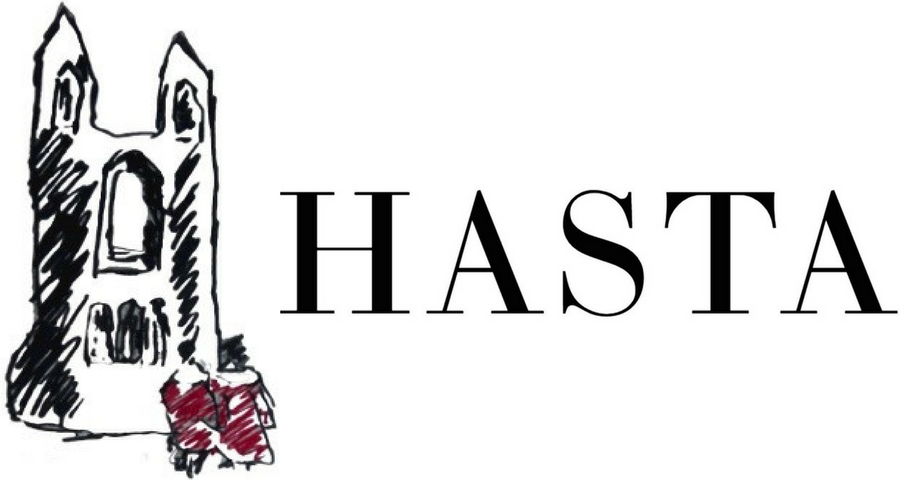Sheila Isham, 1927-2024
By Dane Moffat
Following prior weeks’ reflections on endings and influence, I would like to highlight a quieter figure in the development of abstraction. Born on 19th December 1927, Sheila Isham was an artist whose practice and career left traces around the globe as she travelled with her husband, Heyward Isham, a foreign service diplomat. This does not mean to say that her life and art were not autonomous, in fact, she remained greatly independent, and her journey was her own. Her practice was deeply informed by access to special collections and mentors which had a major impact on her work, largely characterised by its biomorphic forms. Images of her work can be found and referenced at https://www.sheilaisham.org/.
Prior to formal artistic training, Isham obtained a degree in Political Science from Brynn Mawr College, Pennsylvania, where she also met her husband. After graduation, they married and moved to Berlin where the artist enrolled at the Academy of Arts; she was the first American student to be accepted, and the only international student in the 1950-54 cohort. Here, she studied under German Expressionists from the Die Brücke group and, in her graduation year, had her first solo exhibition at Galerie Springer.
From here, her husband was assigned several diplomatic posts around the world, including Russia, France, and Haiti. The artist gained major recognition in Russia, though she was temporarily apprehended by “vigilant citizens” in the late 1950s on suspicions of espionage for plein-air painting in Moscow. But in 2004, the Russian State Museum held her largest solo exhibition, entitled ‘Sheila Isham: 50 Years of Creating’.
Much of Isham’s artistic career was spent in Washington D.C., where she was described by art critic Paul Richard as “one of the most subtle and consistent modernist artists in [the] area.” She maintained a studio in the District’s downtown region before a fire tragically claimed her space, resulting in over 1,175 works being destroyed across painting, photography, and works on paper. The artist described the aftermath as looking “like a painting, like a myth, something you might want to take the picture of…I became freer in a way.”
The feeling of freeness is well documented in her later artworks, where she comfortably shifted between figuration and abstraction; the latter, though, was to define her career. Isham’s art was highly spiritual, both in theory and in practice, borrowing from foundational abstractionists like Hilma af Klint, a Swedish painter who dedicated her practice to Theosophy. Like other early abstract artists, Isham engaged in various practices from Eastern spirituality and philosophy throughout her travels that later informed her artworks. It was the physical act of painting which transmitted the artist’s spirituality onto each surface, creating fluid abstractions which connected the spiritual to the physical through aesthetic experience. In an interview, Isham said, ‘There’s a mystery out there, something beyond, that we’re not able to see. That beyond is what I’m trying to represent.’
I find this is best represented in Mystic Dream 1 (2004), a series focused on colour density. In this work, Isham turned her back on Greenbergian modernist principles like flatness. Instead, she explored how colour can become one with its surface by fabricating a dreamlike dimension: the amorphous, biomorphic pink fuses with the purple background, though remaining autonomous from other colours and surfaces. It is characteristic of Isham’s collation and union of Eastern philosophy and Western artmaking techniques.
Isham passed away from pneumonia on 9th April 2024, leaving a vast body of work across major public and private collections.
Bibliography:
Langer, Emily. “Sheila Isham, artist whose work spanned continents, dies at 96.” The Washington Post. April 12, 2024. https://www.washingtonpost.com/obituaries/2024/04/12/sheila-isham-artist-dead/.
Lewy, Patricia L. “Sheila Isham.” Sheila Isham. Accessed December 9, 2024. https://www.sheilaisham.org/sheila-isham.
